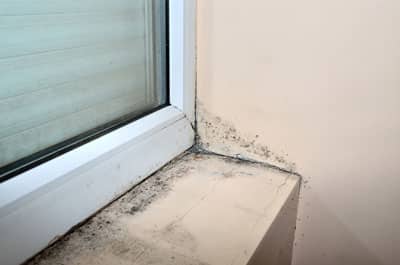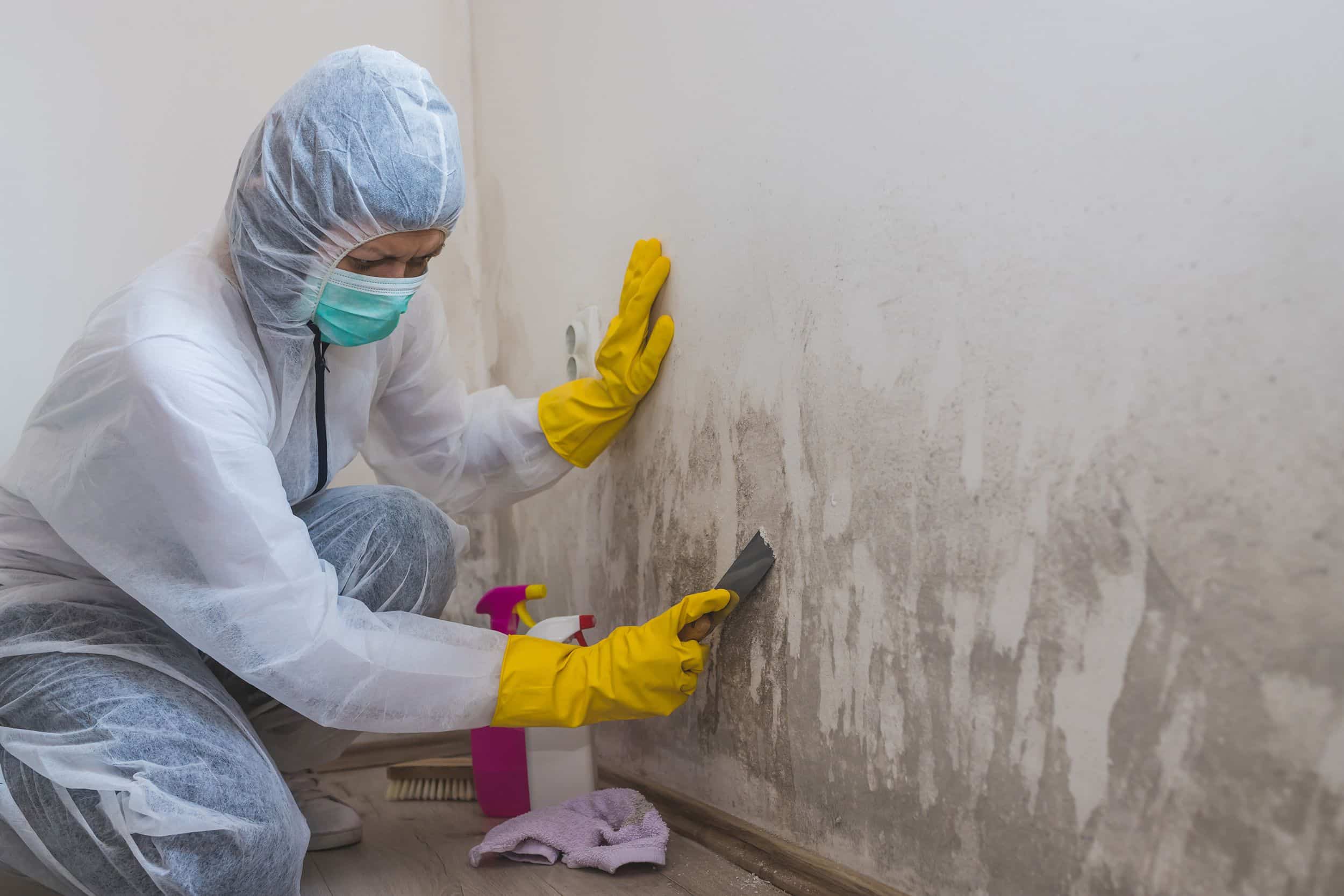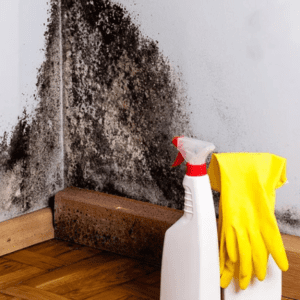Crafting a Detailed Post Mold Remediation Report
Crafting a Detailed Post Mold Remediation Report
Blog Article
Your Ultimate Overview to Blog Post Mold Remediation Techniques
Browsing the world of post-mold remediation strategies is a precise process that demands interest to detail and a thorough understanding of the ins and outs involved. In the aftermath of mold and mildew invasion, recognizing how to efficiently eliminate the mold and mildew and avoid its reoccurrence is vital for maintaining a healthy indoor atmosphere. From picking the ideal cleaning and decontaminating techniques to implementing techniques for lasting mold prevention, each step in the remediation journey plays an important function in ensuring a successful outcome. As we start this exploration of post-mold removal techniques, we will certainly reveal the vital techniques and finest methods that can aid you restore your space to its pre-mold problem and secure it against future mold and mildew dangers.
Recognizing Post-Mold Removal Refine
After completing the mold removal procedure, it is vital to recognize the post-mold removal strategies that are needed to ensure a reliable and extensive cleanup. As soon as the mold has been removed, the next step involves cleaning and disinfecting the impacted areas to stop any regrowth of mold and mildew. This consists of utilizing specialized cleaning up representatives to wipe down surfaces and eliminate any type of continuing to be mold and mildew spores. It is vital to dry out the location totally to prevent the growth of mold and mildew in the future (Post Mold Remediation). Correct ventilation and dehumidification can assist in this procedure.
Furthermore, carrying out a last evaluation post-remediation is crucial to make sure that all mold and mildew has actually been successfully eradicated. If the assessment reveals any kind of sticking around mold, additional removal may be needed.
Effective Cleaning and Disinfecting Techniques

Avoiding Future Mold Development

Significance of Appropriate Ventilation
Proper ventilation plays a vital role in avoiding moisture buildup, a key consider mold and mildew development within indoor environments. Efficient ventilation systems help eliminate excess humidity from the air, best site reducing the chances of mold and mildew spores locating the wetness they need to spread out and sprout. Without sufficient air flow, indoor spaces can end up being a breeding place for mold, leading to possible wellness dangers and structural damage.
By making certain appropriate air flow, air flow systems can likewise assist in drying moist locations extra swiftly after water damages or flooding events, additionally deterring mold and mildew development. what to do after mold remediation. In areas like washrooms, attic rooms, cellars, and kitchens where dampness degrees have a tendency to be higher, installing and keeping efficient ventilation systems is vital in avoiding mold infestations

Tracking and Maintenance Tips
Given the crucial duty that correct air flow plays in stopping mold and mildew growth, it is imperative to establish effective tracking and upkeep tips to guarantee the ongoing performance of air flow systems. Regular assessments of ventilation systems should be conducted to look for any type of indicators of blockages, leaks, or breakdowns that can hinder proper air flow. Surveillance moisture levels within the building is additionally important, as high humidity can add to mold and mildew growth. Mounting a hygrometer can assist track moisture levels and sharp homeowners to any kind of spikes that may call for focus. Furthermore, making sure that air filters are regularly cleansed or changed is crucial for preserving the effectiveness of the ventilation system. Implementing a schedule for regular upkeep jobs, such as air duct cleaning and cooling and heating system assessments, can assist protect against problems before they rise. By staying conscientious and aggressive to the condition of air flow systems, residential property owners can properly minimize the danger of mold and mildew regrowth and preserve a healthy interior setting.
Final Thought
To conclude, post-mold remediation techniques are important for ensuring a tidy and secure environment. Recognizing the procedure, executing effective cleaning and sanitizing methods, avoiding future mold and mildew click for source development, maintaining correct air flow, and routine surveillance are all crucial action in the removal process. By adhering to these guidelines, you can effectively get rid of mold and avoid its return, working or promoting a healthy and balanced living space for all owners.
In the aftermath of mold and mildew problem, understanding how to successfully eradicate the mold and mildew and stop its reoccurrence is extremely important for preserving a healthy and balanced indoor atmosphere. Once the mold and mildew has been removed, the next action entails cleansing and disinfecting the affected locations to avoid any kind of regrowth of mold - After mold remediation. After getting rid of visible mold growth, it is critical to cleanse all surface areas in the affected area to eliminate any staying mold spores. To further improve mold and mildew prevention actions, it is essential to address underlying problems that at first led to mold development.Provided the critical role that proper air flow plays in preventing mold growth, it is critical to develop effective monitoring and upkeep ideas to ensure the ongoing capability of air flow systems
Report this page